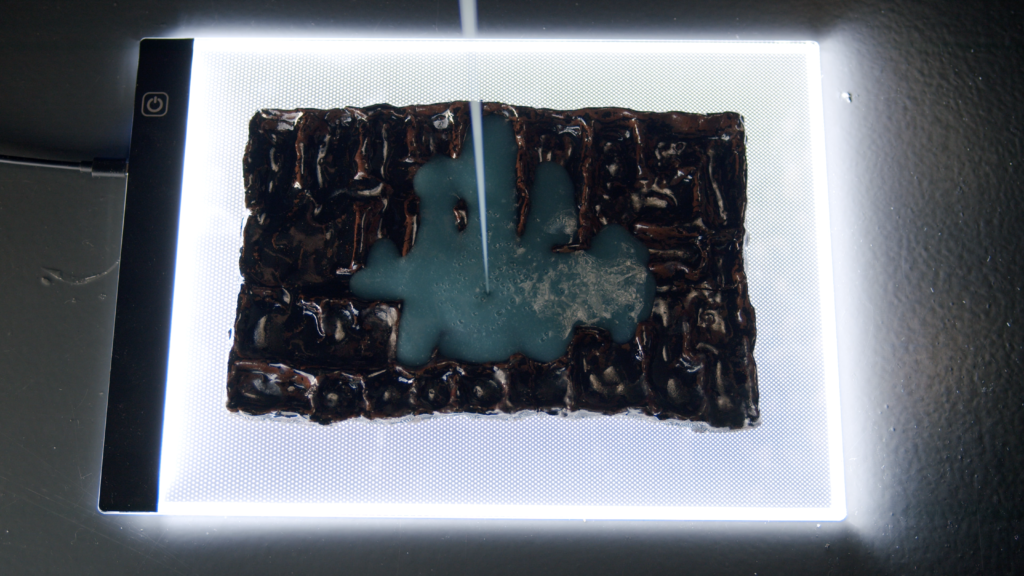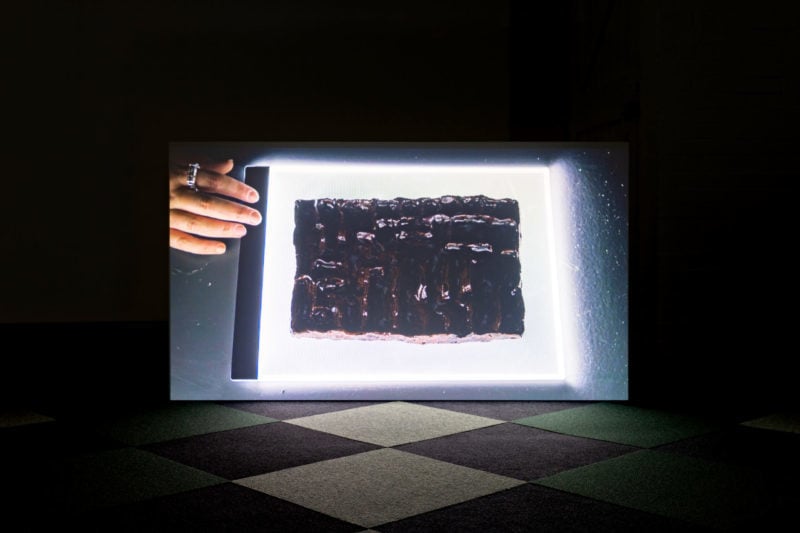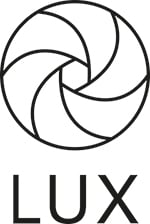Lucy Clout’s ZZZ is available to view from 13 July to 31 August here
“We are never exactly containers. No body is marked with a measuring line.”
– Anne Boyer, “Wasted Life”
A paradox animates a variety of recent moving image “sleepworks,” one which points to the transformation of contemporary mediated experience in relation to the exhausting radiance of multiple screens, at all hours of the night, a reality that has been amplified in the past years of geographically flattening and temporally coextensive simultaneities of digital experience. Confronting the problem of the exhausted, worn-down subject of contemporary capitalism’s regime of perennial illumination, reclining in the blue light of the screen’s electric emanations, they ask: what might it mean to sleep in the light of weariness, to enter closer to rather than retreat from the screen’s glow?
Weariness is felt, in the body, as a material sensation, of weight, dragging, gravitational pull, sinking. Such trajectories of depletion, in the softening region of night-time compels the work of Lucy Clout. Clout’s video and mixed media installation ZZZ investigates the fatigued regimen of cultural work and the terrain of the live-work space as zone for what she describes as “nocturnal thinking.” Mingling self-regard, documentation and elements of abstraction, Clout probes the relation of screen light to enveloping darkness, its spatial, tactile, and habit-derived disorientations. Clout conjures an intimate spatio-temporal zone evocative of the time of wearing out, a sphere of disinhibited laxening and falling between states of relative consciousness and non-consciousness. Words falter, and language bends, loosens, breaks down.
Clout has described the work as a collection of materials: “this work is three years in the making, or in the collecting at least. In it there are: two silver rings, one that says XXX and one that says ZZZ, various drawings on wax plaques, two lumpy ceramic objects, foil food wrapping, nocturnal working, led light boxes, an unnamed mixture of liquids, night-vision camera, amongst others.”
The video component is comprised of a series of takes of an LED lightbox in a dark room, atop which a “lumpy ceramic” sits. Resembling a corrugated slab, a not quite utile dish, a blue opalescent liquid resembling shampoo or washing detergent is slowly or quickly released into its cavity, sometimes filling sometimes overspilling onto the lightbox. The lightbox, evoking a cathected cinematic frame, is reframed, pinioned by the ceramic’s heaviness and the liquid’s stickiness. The clay objects’ rough knobbled textures and opacity, upon which the viscosity of the drip creates a contrast of degrees of thickness or translucence, forges a confrontation of the physis of materials, – hand formed clay, glassy dotted electronic surface, glowing gloopy luminescent blue, haltingly spoken language. Clout’s hand is seen turning the screen on or off across different takes on which silver rings bearing the imprint zzz or xxx appear. Clout’s own tired narratorial voice is heard speaking in the faltering diction and slurring speech of someone lying in bed falling into sleep, words rolling off the yawning breath, as she recounts or reads from notes written to herself. In this vocal transcription are occasional ellipses or truncations, marked in the spoken text by zzz and xxx.
The notations xxx and zzz are symbolic registrations of redaction. Such text marks and emendations, the self-classification rating marks that announce sexual explicitness of xxx on the one hand, and the zzz of sleep as an obliterative form, comic shorthand for the sleeping figural, both also coincide with the elliptical scripts of the pause, blanking or elision in speech. Such mixed message and polysemous marks criss-cross speech. They move horizontally across the scenes of writing, sleeping, desiring.

ZZZ, Lucy Clout, 2020
The vocally transcribed notations put the artist in a circular monologic conversation, a sopitive reflexivity, the edges of sleep and the edges of the described space also abstracted by the dialectical, tensile relations between sculptural and electronic materials, punctured by gaps and lost memories. Clout describes her environment or recounts past moments from a diary, lingering on scraps and fragments of ideas for work projects, recollections, dreams, fantasies, instructions, which we hear and perceive through a feeling in and through the darkened room, sticky substances congealing and molding to the space allotted or spilling over. This image of overspill and liquidity resonates with Anne Boyer’s poetic image of exhaustion as depletion: “no body is marked with a measuring line,” the poet asserts, rebuking a metrics of the exhausted’s visible capacity to bear, sustain, endure. In Clout’s iteration of this problem of the capacities of a fatigued state of being, the filling of the ceramic surface by a viscous material models the overwhelming luminescent saturation as a visualisation of psychic or perceptual exposure to stimuli. Rather than a container, the psychic undercurrent of fatigue is envisioned as an incommensurability of materials, textures that layer, gel and clog the same figural plane. The screen’s illumination varies as the glow expands, emanates, or inks out – seepages of light as spread, saturation, diffusion.
That the lightbox is primarily used for drawing reverberates with the ways that Clout’s speech is also a tracing, a pencilling in of an absent presence to oneself. “Awake, awake, awake, awake”, “You up? You up? You up?” Clout sings, trancelike to a tautological audience of one. Clout’s night rambling meanders across narratives of aborted, or interrupted work projects, fragments of creative ideas lost to waning lucidity and, one imputes, to the vagaries of the labour conditions of artmaking: funding applications written after work hours, projects scuppered or apprehensively paused by exhaustion. Clout also accounts of others’ artworks, notably of a family friend, exiled Soviet samizdat artist Vladislav Vaprensu, who made art that incorporated invented languages of the planet Aurelia, pornographic images, as well as watches whose faces are altered to make the diurnal logic of the day into segments of four six hour units. The dissident’s reconstitution of a personal time, one honing in on an alternative model of temporal organization, places the weighty relationship between day and night into question, proposing a model of more digestible and flexible units to subdivide the coherence and articulation of sunlight and darkness, work and nonwork. Units of temporal sense-making, like the on and off flicker of the radiant screen, encounter slippery substances in another scene of leakage, as Clout describes how the wristwatches come into contact with personal lubricant in a drawer. Such mental images, descriptive flurries of the permeability of spatial borders announce the chronicity of abstract invention and of arousal’s contingent ill-timing. Jangling stray objects, props of late-night disorientation, commingle serendipitously with an erotic horizon of lassitude.
The disinhibiting details of lube spilling over and abbreviated sexual fantasies – including the seductive figure of a smoking dommy masseuse who appears in the recollected story of a friend–interweave with the specifically tactile and sculptural components and props placed within the glow of screen enervation. In a striking moment, Clout describes a rendered image of a woman bent over on a rock engraved in wax. The image recounted derives from a sexual fantasy, one that was meant to be channelled into a work project, but of which only a memorial fragment remains, in picture script. Transparency and obliqueness, the suffusion towards opacity and the edging into the darkened night that rests at the edge of the screen in the video’s final images announces another elsewhere, as the light goes off.
That elsewhere is cumulatively roused as an evocation of an underground, both figurative and literal – in the associative pull of a review of the Mithraic temple that Clout describes that “lives” under the Bloomberg headquarters in London, or in “an image, not mine of many people dancing on a revolving dance floor in a club under a hotel next to xxx”. We see a reflection of the cooking foil held by the artist, faintly reflected in the screen surface and the blue viscous pool in the ceramic, a crinkled disco ball of the mind. In this vestige of a nightlife and of underground jouissance in the scene of dancing bodies, we have a linkage with the work’s installation – a carpet, titled “Night-Vision Disco Break-Room” suggesting a dancefloor or, alternately, a gridded magnification of the electronic pixel, a surface tension against which the domestic scene of fitful sleep necessarily defaults. The cooking foil is also framed in the exhibition space, the dispositifs of bedroom, studio, gallery and danceclub, breakroom – suggesting the intervality of workday, leisure time– breaking down. By invoking the nightclub as terrain of another kind of exhaustion, a scene for the ecstasies of corporeal abandon, one disinhibition meets another across the breach of a queer fatigue.
Lucy Clout’s work in its investigation of the dissipative capacities of abstraction, opens a space for the imagination of the wearied screen subject both in a materialist critique of an artist’s working conditions, and in a queer poetics of fatigue. As a document of creative labour the work inscribes and records her own nocturnal occupational and oneiric rhythms within the moving image. It summons that darkness which Jonathan Crary longs for as the receding horizon of possibility and subjective sovereignty resonant in the domain of sleep. Bridging a century, from the 1920s to our dilated jittery present, one might return to the legacy of Jean Epstein’s notion of fatigue as an unexpectedly potentiating space, as it proffers “sudden flashes of insight and incandescent lyricism.” Abjuring any redemptive gesture, Clout’s ZZZ moves forwards and backwards in the time shifting drifts between exhaustion and sleep, restlessness and restoration. ZZZ stages the nocturnal borders of perception in descriptive obliquity, assembling lucidity’s leftovers, those objet trouve of the weary of the screen.
Elena Gorfinkel is a film scholar and critic currently based in London. Her research concerns marginal and independent cinemas, including adult, experimental, & underground film, particularly from the 1960s to the present. She is Senior Lecturer in Film Studies at Kings College, London.





